How to raise chickens ecologically? New interpretation of six Technical points of Ecological breeding Chicken
Ecological farmed chickens have always been favored by consumers, and therefore have broad market prospects. Many farmers have focused on the considerable breeding benefits of ecological farmed chickens and have begun to enter the ecological farmed chicken industry. However, ecological farmed chickens are fastidious, and not everyone can raise them well, so how should farmers raise chickens ecologically? That is to master the corresponding technical knowledge of breeding, the following editor to introduce to you the new interpretation of the six technical points of ecological breeding chicken, in fact, it is the key content of ecological breeding technology.
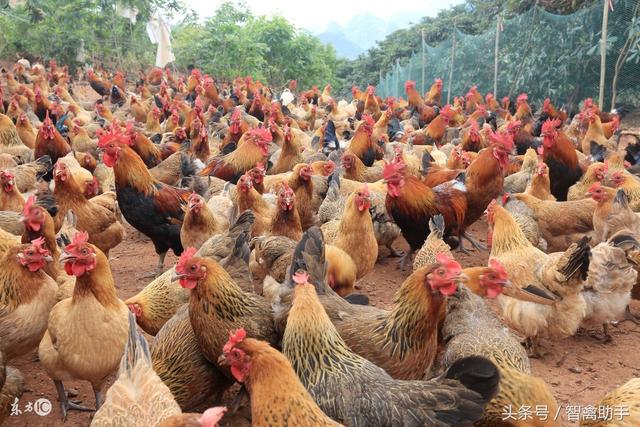
New interpretation of six Technical points of Ecological breeding Chicken
1. Select the right variety
It is best to choose local native chicken breeds for ecological chicken breeding. Local varieties have the characteristics of small size, sensitive response, lively and active, adapting to local climate and environmental conditions, tolerance to rough feeding, strong disease resistance and suitable for stocking.
two。 Build a chicken shed
Ecological chicken breeding also needs chicken sheds, which is an important space for chickens to camp at night. The position of the chicken shed should be high, leeward to the sun, wide field of vision, can not accumulate water, there is enough free space in front of the door. The chicken shed can adopt a permanent brick structure or a simple wooden structure. No matter which way is adopted, it must have a strong structure and a good function of wind and rain shield. in order to prevent the attack of animal damage, the windows should be nailed with barbed wire, the door should be firmly closed, and the ground should be tamped, the floor of the house with concrete or cement structure can be used, and sawdust or bedding grass 5cm thick can be laid.
3. Transform the environment
There are many wild animals and birds in the ecological areas selected for raising chickens in the wild, especially in barren mountains and woods. in order to prevent various disasters and enemies, the breeding environment should be reformed: on the boundary of the activity range of chickens, barbed wire or nylon net 1.5 to 2 meters high should be buried; tree branches and hedges can also be planted densely to isolate seedling vines such as gourd, lentil, bergamot, pumpkin and so on. Planting thorny branches of Robinia pseudoacacia, wild wild jujube or prickly ash tree is the most ideal to block people and animals. The radius of surrounding activities should not exceed 50 meters.
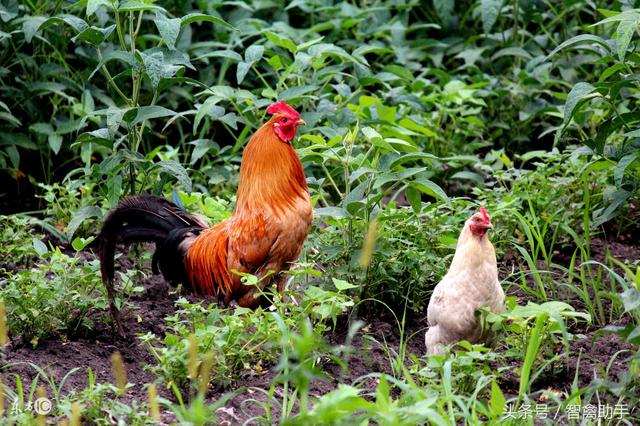
4. Proper training
During the rearing period, an appropriate amount of chopped green vegetable leaves or wild vegetable leaves should be added to the feed to gradually exercise the ability of chicks to eat and digest roughage. After 4-week-old de-heating, as long as the weather is suitable and the temperature difference between indoor and outdoor is not very large, the chickens should be regularly placed on the free land in front of the shed, and through restraint training, the scope of activities should be gradually expanded and the activity time should be extended until the chickens can move freely. The amount of feeding should be reduced gradually and follow the principle of "early less and late satiety" in order to arouse the enthusiasm of chickens to go out to look for food.
In order to allow chickens that move freely in the wild to return to their homes to replenish their feed on time, necessary training should be carried out at the beginning of stocking. Experienced farmers often use gongs, whistles and washbasins to train chickens to form conditioned reflexes with appropriate sounds and delicious food.
5. Prevention and treatment of diseases
Although the wild ecological chicken breeding has fresh air, a large amount of chicken activity, and mainly eats wild vegetables, tender grass, grass seeds, insects and other non-polluting feed, the body is healthy, but if it is not prevented on time, the epidemic disease will still affect the chickens. The way to prevent infectious diseases is to inject the corresponding vaccine in time, requiring chickens of the same age and breed to be raised in the same house. Such chickens generally do not need to be given drugs.
In the wild ecological environment, parasitic diseases are most likely to occur, especially ascariasis and taeniasis. Generally, the first deworming is carried out after one month of stocking, and the second deworming is carried out after 2-4 weeks.
6. Attach importance to management
In order to achieve uniform weight as far as possible, chicken flocks should be managed in groups, cocks are sold at the right time, and hens are used to lay eggs. In order to facilitate the picking of eggs, the range of activities should be appropriately reduced after the chickens are sexually mature, an egg laying box should be set up in the Arbor, and eggs should be put in the box, and the chickens should be encouraged to return to the shed to lay eggs as far as possible.
In order to improve the chicken quality, make the chicken have better taste and flavor, improve the carcass eye quality, increase the chicken population weight, and facilitate to obtain good benefits, the flocks raised in the wild, especially the cocks raised in groups, should be fattened properly. The time is generally chosen after 10 weeks of age, and the main means of fattening are to reduce the range of activities of the flock, increase the energy content of feed, and increase the times and amount of supplementary feeding.
Ecological chicken raising in the wild should be inspected in time in order to check the status of the flock, find and isolate sick and weak chickens, and prevent birds of prey and wild beasts from harming the flock.
The above are the relevant contents of the new interpretation of the six technical points of ecological chicken farming sorted out by the editor for you. Ecological chicken farming is not an easy task. Farmers must master the corresponding breeding techniques in order to avoid detours in the process of ecological chicken farming. The six technical points in this paper are the key points of ecological breeding technology, and farmers can combine these knowledge to successfully raise chickens.
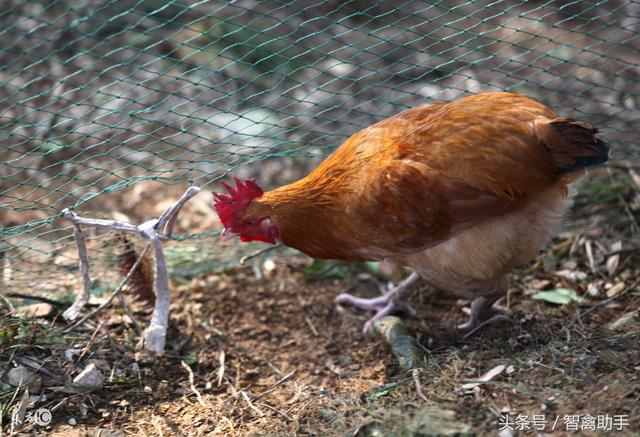
- Prev
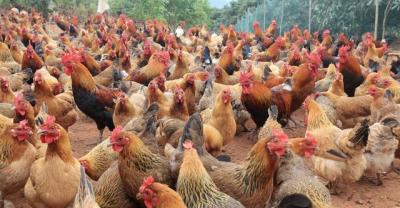
Net cage culture loach has high benefit
Loach taste delicious, nutritious, there is water,"ginseng" said, is the best fish. In recent years, wild loach resources have decreased, and the market is in short supply. So...
- Next
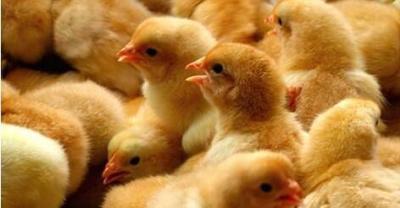
It turns out that azaleas should be cultured in this way, and you can't help but know these breeding skills!
The choice of soil: the cultivation of rhododendron should choose loose, fertile, acidic soil is better, so we should pay more attention to the purchase of soil! A suitable life.
Related
- On the eggshell is a badge full of pride. British Poultry Egg Market and Consumer observation
- British study: 72% of Britons are willing to buy native eggs raised by insects
- Guidelines for friendly egg production revised the increase of space in chicken sheds can not be forced to change feathers and lay eggs.
- Risk of delay in customs clearance Australia suspends lobster exports to China
- Pig semen-the Vector of virus Transmission (4)
- Pig semen-the Vector of virus Transmission (3)
- Five common causes of difficult control of classical swine fever in clinic and their countermeasures
- Foot-and-mouth disease is the most effective way to prevent it!
- PED is the number one killer of piglets and has to be guarded against in autumn and winter.
- What is "yellow fat pig"? Have you ever heard the pig collector talk about "yellow fat pig"?

